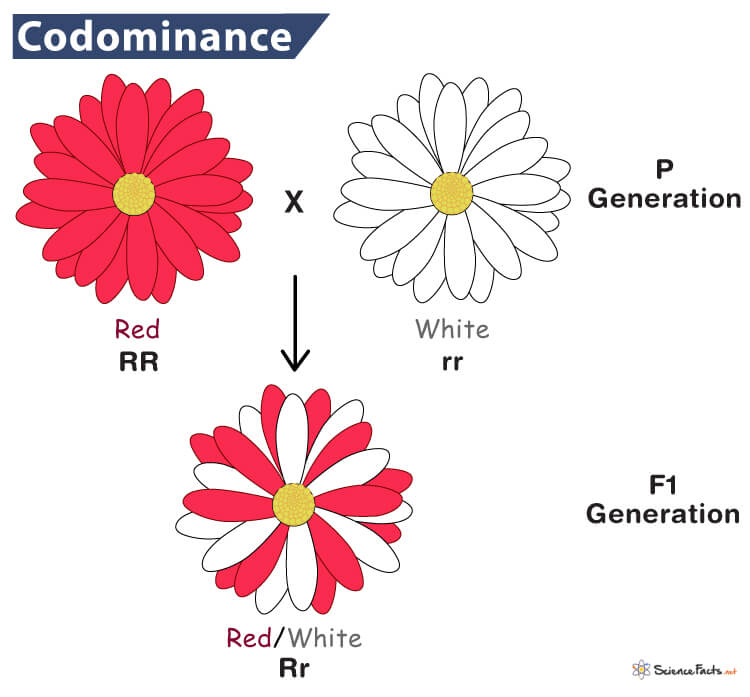MC4R Gene: From the Science Lab to your Waistline

Table of Contents
The MC4R gene, short for Melanocortin 4 Receptor, is an essential component in the complex system that regulates our body weight by controlling appetite and energy expenditure. Let’s delve deeper into the science behind the MC4R gene.
Structure and Function of MC4R Gene
The MC4R gene provides instructions for creating a protein known as the melanocortin 4 receptor. This protein is a G protein-coupled receptor located primarily in the neurons of the hypothalamus, a region of the brain that plays a crucial role in appetite regulation and energy homeostasis.
When the MC4R protein binds with its primary ligand, alpha-melanocyte-stimulating hormone (α-MSH), it initiates a series of intracellular events that lead to decreased food intake and increased energy expenditure. On the other hand, agouti-related protein (AgRP), a natural antagonist of MC4R, can bind to this receptor and block the effects of α-MSH, promoting increased food intake and decreased energy expenditure.
Role of MC4R in Energy Homeostasis
The MC4R plays a pivotal role in maintaining the body’s energy balance. This energy homeostasis involves a delicate interplay between energy intake (the calories we consume) and energy expenditure (the calories we burn).
When you consume food, the surplus energy is stored in the form of fat. As these fat stores grow, the body produces a hormone called leptin, which signals to the hypothalamus that enough energy has been stored. The hypothalamus, in response, produces α-MSH, which binds to the MC4R, leading to decreased food intake and increased energy expenditure. This feedback loop helps to maintain a stable body weight.
MC4R Gene Mutations and Their Impact
Mutations in the MC4R gene can disrupt this intricate system of energy balance. Some MC4R mutations result in a receptor that is unable to effectively transmit the signal to decrease appetite and increase energy expenditure, even when α-MSH is present. This can lead to persistent feelings of hunger and lower energy expenditure, contributing to weight gain and obesity.
Research has shown that mutations in the MC4R gene are the most common genetic cause of severe obesity that follows codominant inheritance, underlining the importance of this gene in weight regulation. In the simplest terms, codominant inheritance refers to a pattern where both genes in a pair are equally strong, and both traits appear in the offspring.

Most Common Variations of the MC4R Gene
The MC4R gene is associated with the regulation of body weight and energy homeostasis, and several variations of this gene have been identified. Here, we explore some of the most common variations of the MC4R gene and their associated effects.
MC4R rs17782313
The rs17782313 variation is located near the MC4R gene and has been associated with obesity. A study found that carriers of the risk allele (C) had a higher body mass index (BMI) and a greater waist circumference compared to non-carriers.
MC4R rs12970134
The rs12970134 variation is also located near the MC4R gene. The risk allele for this variation is A, and its presence has been associated with increased BMI and obesity risk.
MC4R rs17700633
The rs17700633 variation is an intronic variation in the MC4R gene. Research has found that individuals carrying the risk allele (A) for this variation have an increased risk of obesity.
MC4R rs2229616
The rs2229616 variation leads to an amino acid change in the MC4R protein. Individuals with the risk allele (T) are associated with an increased risk of obesity.
| SNP ID | Risk Allele | Obesity Risk | References |
|---|---|---|---|
| rs17782313 | C | Increased | Loos RJ, et al. |
| rs12970134 | A | Increased | Loos RJ, et al. |
| rs17700633 | A | Increased | Stutzmann F, et al. |
| rs2229616 | T | Increased | Stutzmann F, et al. |
It’s important to remember that while these variations can influence obesity risk, they don’t act in isolation. Obesity is a complex trait that’s influenced by a combination of genetic, environmental, and lifestyle factors.
References
- Vaisse C, Clement K, Guy-Grand B, Froguel P. A frameshift mutation in human MC4R is associated with a dominant form of obesity. Nat Genet. 1998;20(2):113-114.
- Farooqi IS, Keogh JM, Yeo GS, Lank EJ, Cheetham T, O’Rahilly S. Clinical spectrum of obesity and mutations in the melanocortin 4 receptor gene. N Engl J Med. 2003;348(12):1085-1095.
- Loos RJ, Lindgren CM, Li S, et al. Common variants near MC4R are associated with fat mass, weight and risk of obesity. Nat Genet. 2008;40(6):768-775.
- Loos RJ, Lindgren CM, Li S, et al. Common variants near MC4R are associated with fat mass, weight and risk of obesity. Nat Genet. 2008;40(6):768-775.
- Speliotes EK, Willer CJ, Berndt SI, et al. Association analyses of 249,796 individuals reveal 18 new loci associated with body mass index. Nat Genet. 2010;42(11):937-948.
- Stutzmann F, Vatin V, Cauchi S, et al. Non-synonymous polymorphisms in melanocortin-4 receptor protect against obesity: the two facets of a Janus obesity gene. Hum Mol Genet. 2007;16(15):1837-1844.
Written By
Share this article












